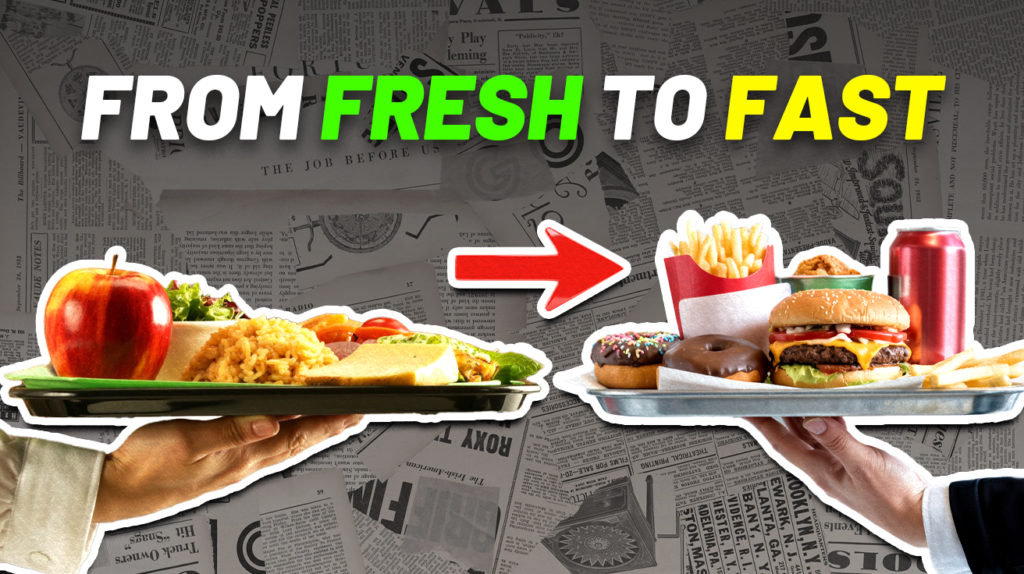
The history of American school lunch reveals our true national priorities. Metal lunchboxes and homemade sandwiches gave way to corporate fast food contracts. We allowed pizza to count as a vegetable while childhood obesity rates soared. Budget constraints trumped nutrition science for decades. Lunchables replaced home-cooking as convenience overshadowed health. This lunchroom evolution exposes how we’ve valued economics over children’s wellbeing.
11. Early Beginnings (1850s-1940s)

Hungry pupils in 1853 discovered salvation when The Children’s Aid Society of New York pioneered the first organized lunch initiative. Throughout subsequent decades, these feeding programs thrived through volunteer dedication from teachers and mothers’ clubs who wove nutrition education into their service. Surplus agricultural products kept Depression-era youngsters fed, creating a precedent where economic needs dictated cafeteria offerings.
10. The 1950s: Cold Lunch Era
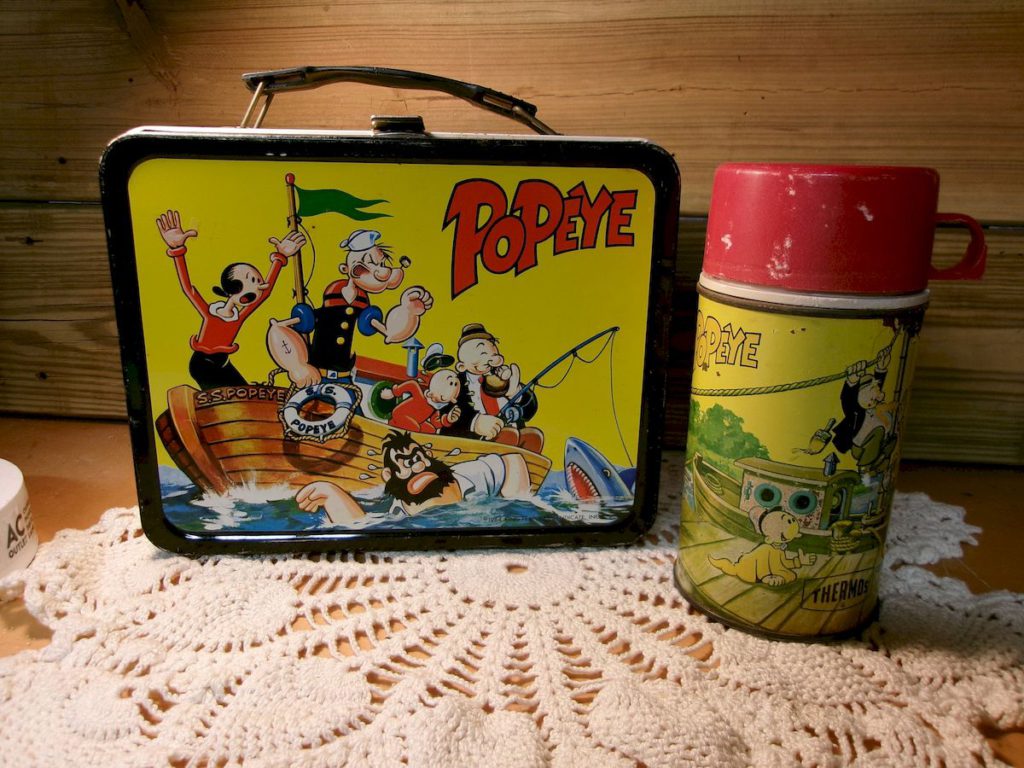
Gleaming metal boxes became cultural totems as cafeterias dished out simple sandwiches, cottage cheese, and tomato wedges to ravenous baby boomers. Pork and apple salads tantalized young taste buds alongside coveted ice cream treats. The school lunch landscape shifted as corporate entities recognized profit potential in pre-packaged meals. Those practical metal containers tackled food preservation challenges while accommodating the daily nutritional needs of America’s burgeoning youth population.
9. Branded Lunchboxes
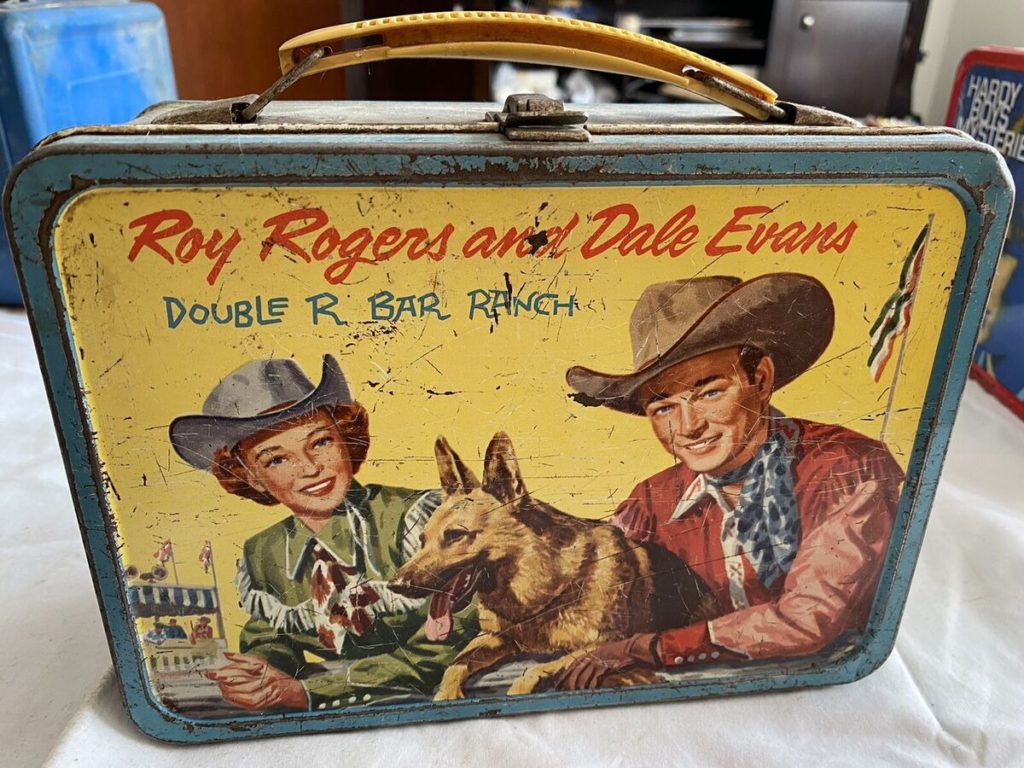
Carrying Roy Rogers or Hopalong Cassidy on your lunchbox transformed ordinary children into playground celebrities during the 1950s. Youngsters flaunted their “Gunsmoke” and western-themed containers, converting mundane midday meals into opportunities for cultural expression. Lunchtime ritual became performance art as pupils showcased their television loyalties through these decorated metal vessels, blurring entertainment and nourishment.
8. The 1960s: Flavor Expansion

Italian pizza and Mexican enchiladas crashed through cafeteria doors in the 1960s, awakening young American palates to international cuisines. Previously exotic dishes like chili con carne earned permanent spots on school menus. Familiar comfort foods—PB&J, meatloaf, potatoes, fish sticks—maintained their positions even as America’s culinary horizons expanded. From fussy toddlers to adventurous teenagers, the diverse cafeteria lineup satisfied varied appetites while introducing future generations to global food traditions.
7. Centralized Lunch Production
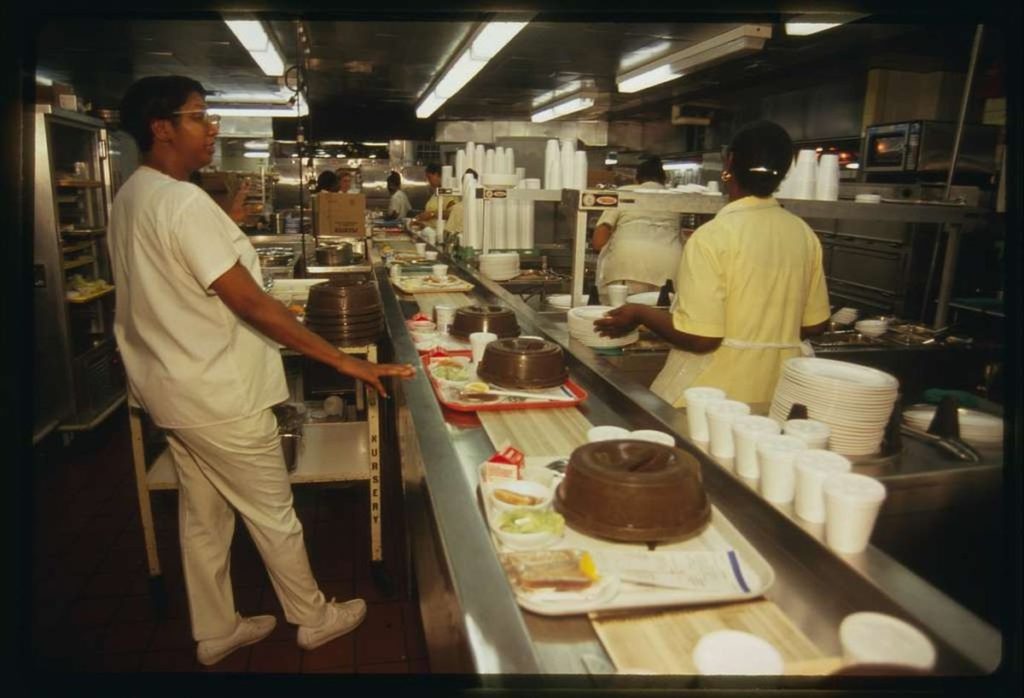
Visionary administrators tackled feeding logistics when New York established factory-like kitchens capable of fulfilling massive nutritional demands. Production crews churned out hundreds of PB&J sandwiches and prepared eggs by the thousands with assembly-line efficiency. Those centralized facilities delivered standardized sustenance to over 100,000 young Americans daily, revealing how education systems embraced industrial food models to address basic human needs.
6. Child Nutrition Act of 1966

Millions of underprivileged youth suddenly gained mealtime security when President Johnson’s signature on the Child Nutrition Act expanded school lunch accessibility while creating the School Breakfast Program. This watershed legislation recognized hunger as an educational barrier and guaranteed consistent access to nutrition. Over 70% of educators endorsed this governmental intrusion into student diets. This federally mandated food security program marked America’s first formal acknowledgment that academic achievement requires satisfied stomachs.
5. The 1970s-1980s: Fast Food Revolution
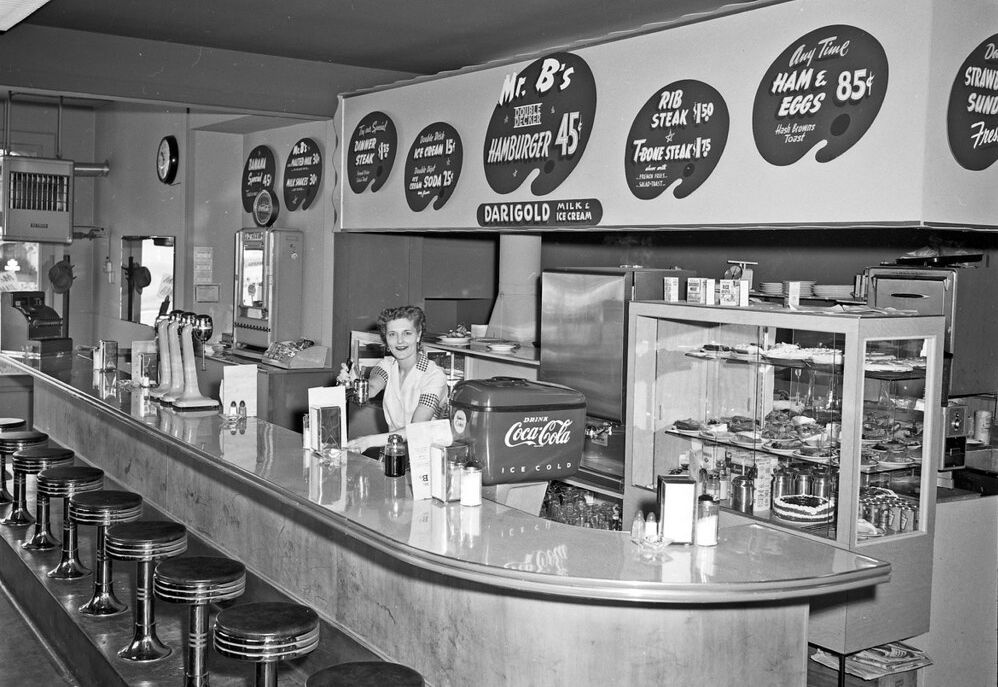
Nutritional quality plummeted as processed convenience foods colonized school cafeterias, pushing fresh produce and whole grains aside in favor of commercially friendly alternatives. Cafeteria trays overflowed with burgers, fries, chips, candy, and packaged treats, as evidenced by Houston’s 1974 menu featuring this commercial food invasion. While parents packed lunches or provided lunch money, few realized they were witnessing the industrial food complex gain control over their offspring’s daily sustenance, transforming 1970s snacks into a systemic nutritional challenge.
4. Ketchup as a Vegetable Controversy
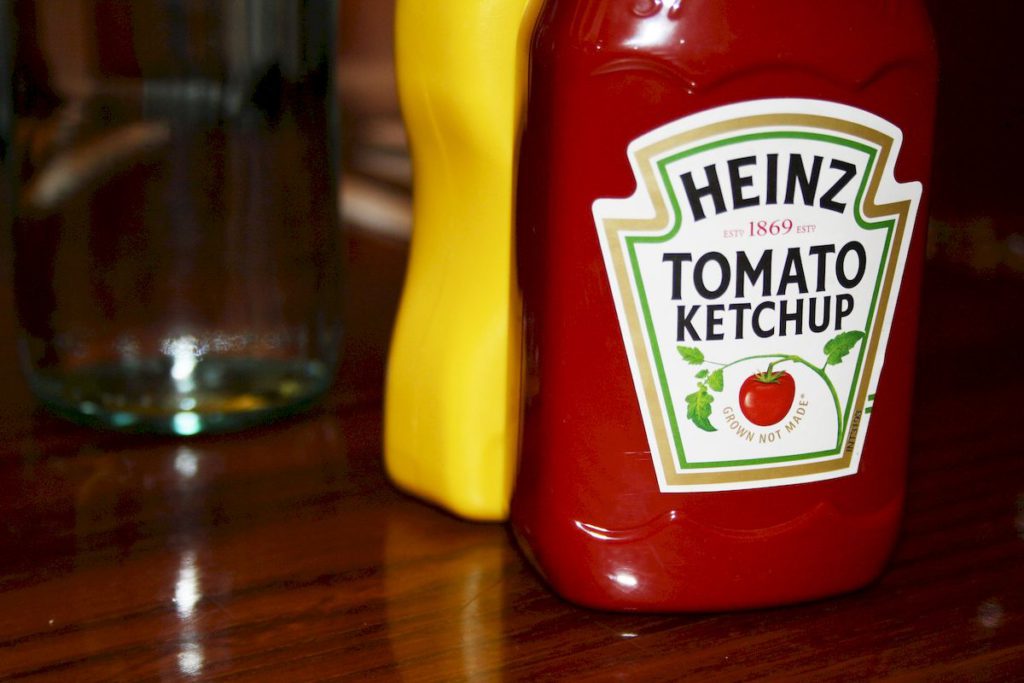
“Is tomato paste on pizza sufficient vegetable intake?” This politically charged question erupted when Reagan-era budget reductions prompted the USDA’s notorious nutritional redefinition in 1981. Cafeteria offerings devolved into chicken nuggets, cheeseburgers, and frozen pizza squares. Dessert options included artificially flavored puddings, gelatin cups, and syrup-soaked fruit. This controversial reclassification exposed how budget pressures trump childhood nutrition when political ideologies weaponize school lunch programs.
3. The Invention of Lunchables

Oscar Meyer’s marketing masterminds repackaged surplus processed meat as Lunchables, prioritizing parental convenience over nutrient density. These compartmentalized trays containing baloney, cheese, and crackers achieved cult status among schoolchildren who vigorously traded components to acquire preferred items. Those bright yellow packages revolutionized lunchtime dynamics while establishing a cultural touchstone that continues influencing how Americans conceptualize children’s portable meals.
2. The 1990s: Corporate Cafeterias
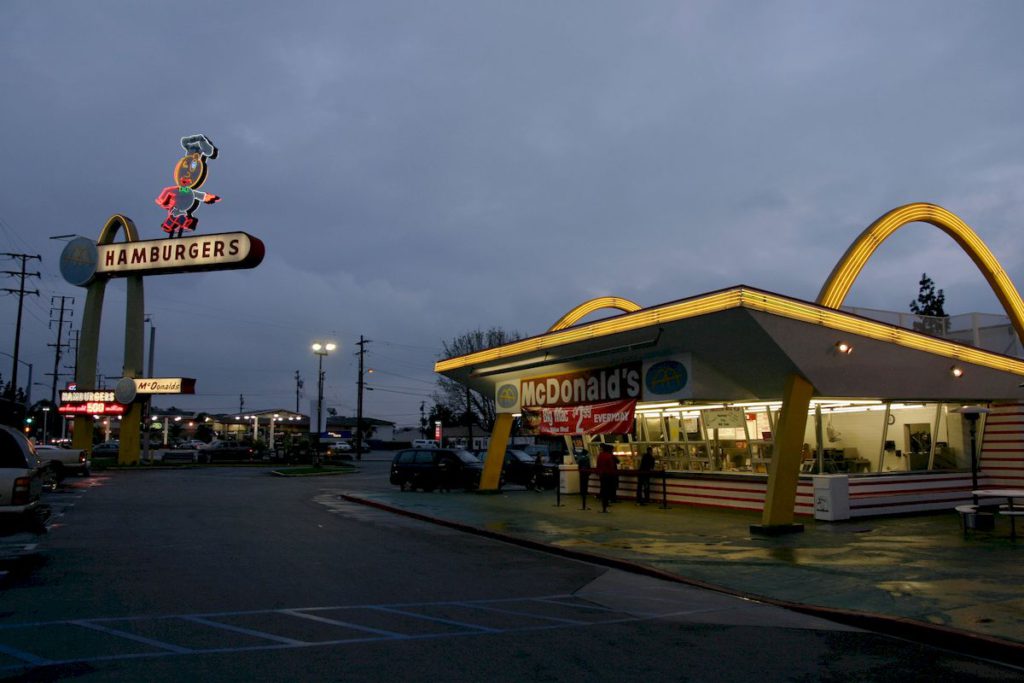
McDonald’s golden arches and Little Caesars logos invaded educational spaces as fast food corporations secured exclusive contracts within public schools during the 1990s. Cash-starved districts embraced these revenue-generating partnerships despite rising childhood obesity rates. What many now remember as nostalgic 1990s meals like Dunkaroos became standard lunchtime fare. School leadership sacrificed nutritional oversight for financial stability, revealing how educational funding structures forced administrators to commodify student health for operational survival.
1. The 2000s-2010s: Health Comeback
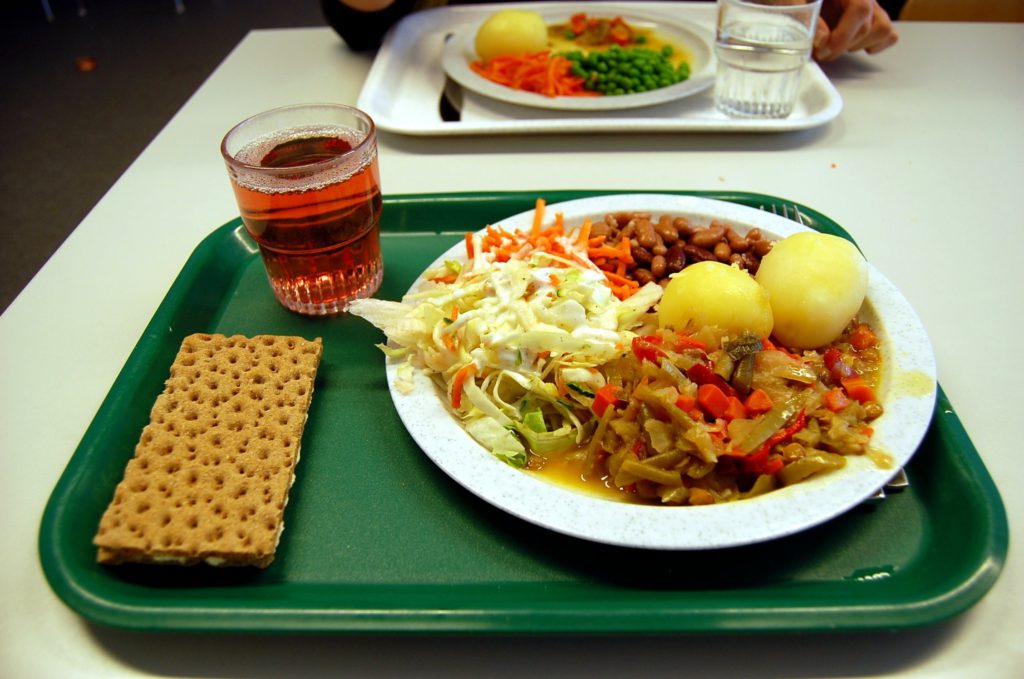
Medical warnings about deteriorating youth health prompted educational institutions to overhaul meal services, reintroducing nutrient-dense options like grilled poultry and fresh produce. Jerk chicken and barbecue sandwiches displaced cheaper processed alternatives. Natural food brands, including Stonyfield Farm and Annie’s, secured footholds in educational food service. With childhood obesity affecting 17% of American youth, schools confronted their complicity in creating a generation’s unhealthy relationship with food.





















